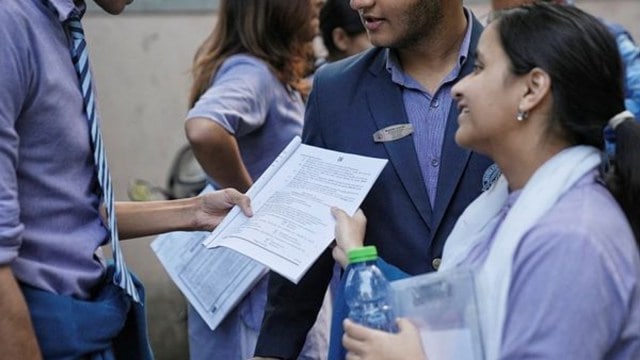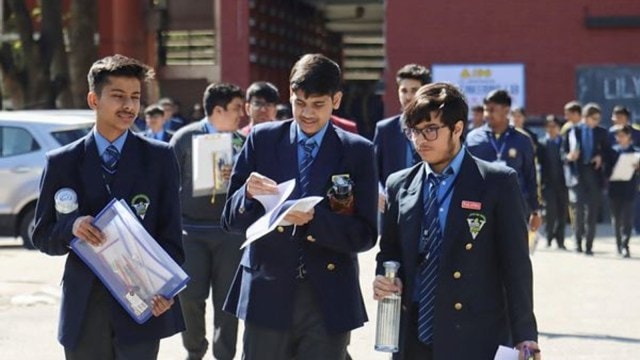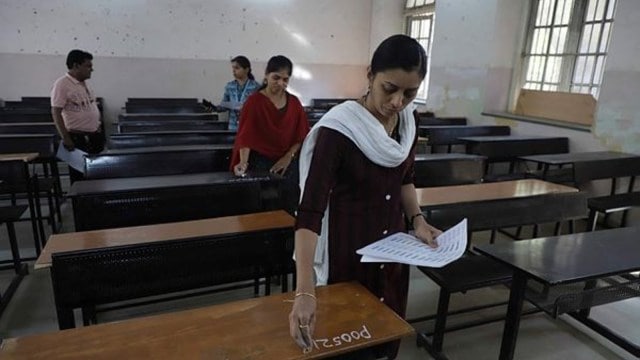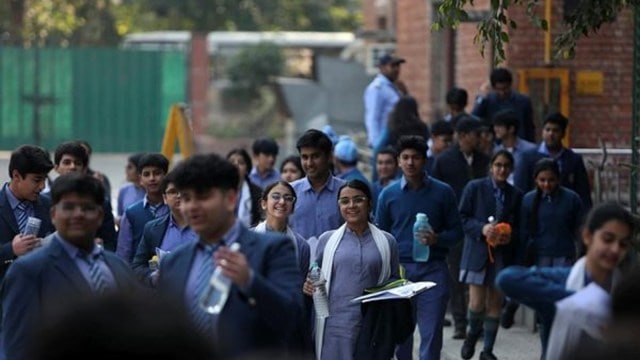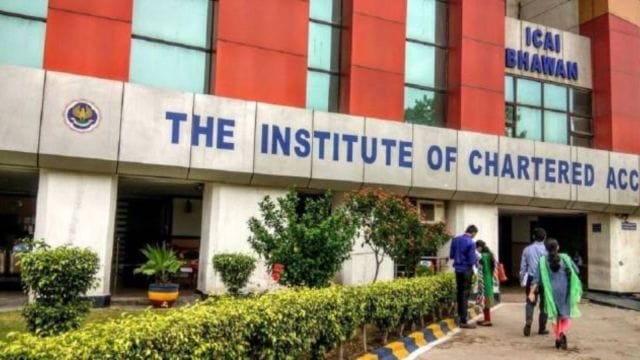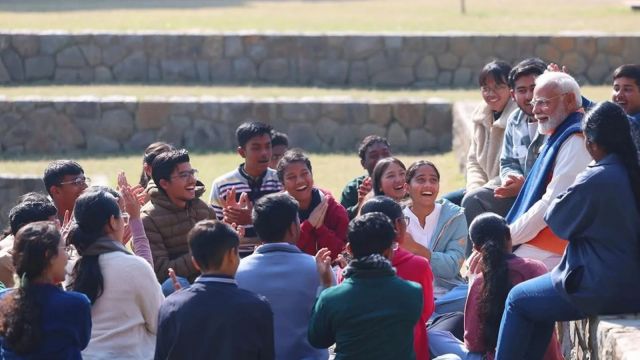
Knowledge nugget of the day: AFSPASubscriber Only
What is AFSPA? Why has it been called “draconian law”? What is its history? What efforts have been made to repeal it or limit its operational area in the past? Take a look at the essential events, concepts, terms, quotes, or phenomena every day and brush up your knowledge. Here’s your knowledge nugget for today.
Knowledge Nugget: AFSPA
Subject: Polity
(Relevance: The topic of AFSPA (Armed Forces Special Powers Act) is important from the perspective of internal security and human rights. The UPSC has previously asked questions about it, such as in the 2015 CSE Mains, where they asked why human rights activists have labeled the act as draconian and which sections of AFSPA are opposed by these activists. Therefore, knowing this act is essential.)
Why in the news?
The Manipur government, in a letter to the Ministry of Home Affairs Saturday, requested the withdrawal of the Armed Forces (Special Powers) Act (AFSPA), 1958, from areas under the jurisdiction of six police stations ( Semkai, Lamsang, Lamlai, Jiribam, Leimakhong, and Morang ) in the state. AFSPA had been re-imposed in these areas on Thursday (November 14), days after a fresh wave of violence hit Jiribam. Manipur has been witnessing ethnic clashes since May 2023.
1. The AFSPA in its original form was promulgated by the British in response to the Quit India movement in 1942. After independence, Prime Minister Jawaharlal Nehru decided to retain the act, which was first brought in as an ordinance and then notified as an act in 1958.
2. AFSPA provides for special powers for the armed forces that can be imposed by the Centre or the Governor of a state, on the state or parts of it, after it is declared “disturbed’’ under Section 3. The Act defines these as areas that are “disturbed or dangerous condition that the use of armed forces in aid of the civil power is necessary’’. AFSPA has been used in areas where militancy has been prevalent.
3. The Act, which has been called draconian, grants extensive powers to the armed forces. It permits them to open fire’, against any person in contravention to the law or carrying arms and ammunition.
4. It gives them powers to arrest individuals without warrants on the basis of “reasonable suspicion” and search premises without warrants.
5. The Act further provides blanket impunity to security personnel involved in such operations: There can be no prosecution or legal proceedings against them without the prior approval of the Centre.
6. Notably, while the Act gives powers to the central government to unilaterally take the decision to impose AFSPA, this is usually done informally in consonance with the state government. The Centre takes its decision after having received a recommendation from the state government.
Are there any checks and balances?
7. The AFSPA grants security forces the authority to open fire; however, this can only occur after a prior warning is given to the suspect.
8. Additionally, the Act says that any suspects apprehended by security forces should be handed over to the local police station within 24 hours. It also emphasizes that the armed forces should work in cooperation with the district administration, rather than operating as an independent entity.
What efforts have been made to repeal AFSPA or limit its operational area in the past?
9. In 2000, activist Irom Sharmila began a hunger strike that lasted for 16 years in opposition to the Armed Forces (Special Powers) Act (AFSPA) in Manipur.
10. In 2004, the central government established a five-member committee led by former Supreme Court Justice Jeevan Reddy. The committee submitted its report in 2005, recommending the repeal of AFSPA. The report described the act as “highly undesirable” and stated that it had become a symbol of oppression.
11. Subsequently, the Second Administrative Reforms Commission, headed by Veeerapa Moily, endorsed these recommendations.
12. Manipur has had the Disturbed Area status under the AFSPA since 1980, and it was only withdrawn from some parts of Imphal in 2004 following strong protests after the killing of 32-year-old Thangjam Manorama earlier that year.
13. Since 2022, areas notified as Disturbed Areas have been incrementally reduced. It had been removed from 15 police stations in six districts in April 2022, and with its removal from another four police stations on April 1, 2023, it had been withdrawn from the jurisdiction of 19 police stations in total, all located in the Meitei-dominated valley.
14. The Disturbed Areas notification is applicable for a period of six months, following which it can be periodically extended by the MHA after assessing the situation. Just a few weeks ago, on September 30, the MHA had extended the Disturbed Areas notification for the parts of Manipur where it was already in place.
(Sources: Manipur govt asks Centre to withdraw AFSPA , Why are states in Northeast against AFSPA?)
For your queries and suggestions write at roshni.yadav@indianexpress.com
The Indian Express UPSC Essentials brings to you the October issue of its monthly magazine. Click Here to read. Share your views and suggestions in the comment box or at manas.srivastava@indianexpress.com
Subscribe to our UPSC newsletter and stay updated with the news cues from the past week.
Stay updated with the latest UPSC articles by joining our Telegram channel – Indian Express UPSC Hub, and follow us on Instagram and X.

 Posts
Posts Sign up as a Teacher
Sign up as a Teacher